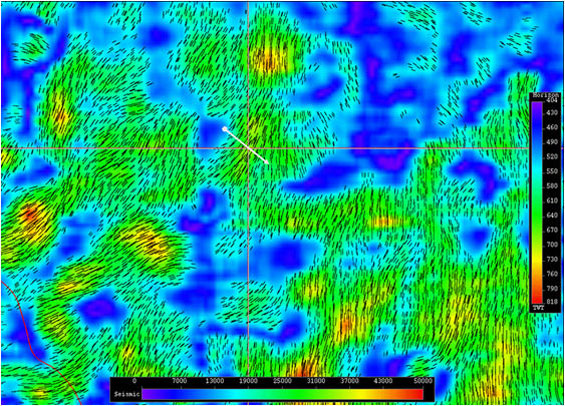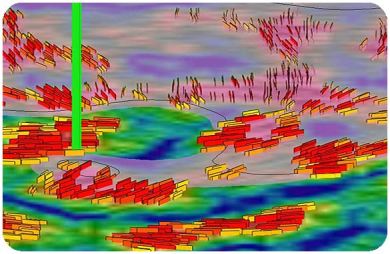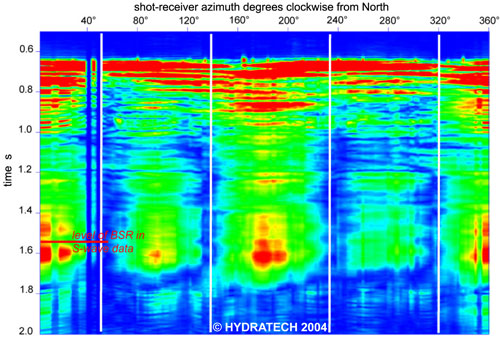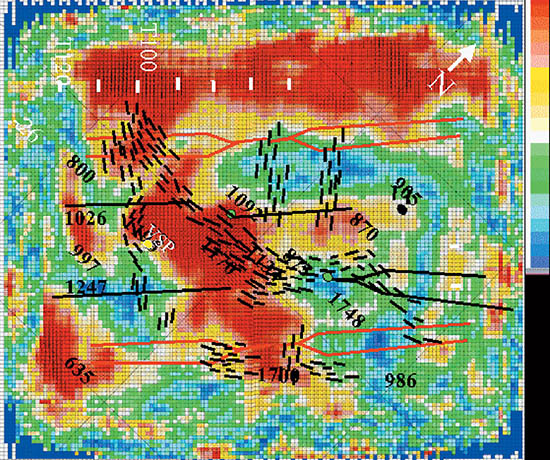Anisotropy Study
All rock masses are seismically anisotropic, but most often, we ignore the anisotropy and apply isotropic methods even in the anisotropic formations. Ignoring anisotropy can lead to poor seismic imaging, mispositioning of the seismic reflectors, inaccurate well-ties, and incorrect interpretation of seismic amplitude for lithology and fluid content.
In order to overcome this problem, PPZG offers prediction of rock anisotropy using rock physics principles to better interpret seismic data, even with incomplete and uncertain information about rock anisotropy.
We consider three important geological origins of elastic anisotropy in sedimentary rocks:
- Anisotropy due to shale
- Anisotropy due to stress and fractures
- Anisotropy due to fine laminations
Additionally, we explore the effect of fluids in modifying the anisotropy resulting from these causes.





